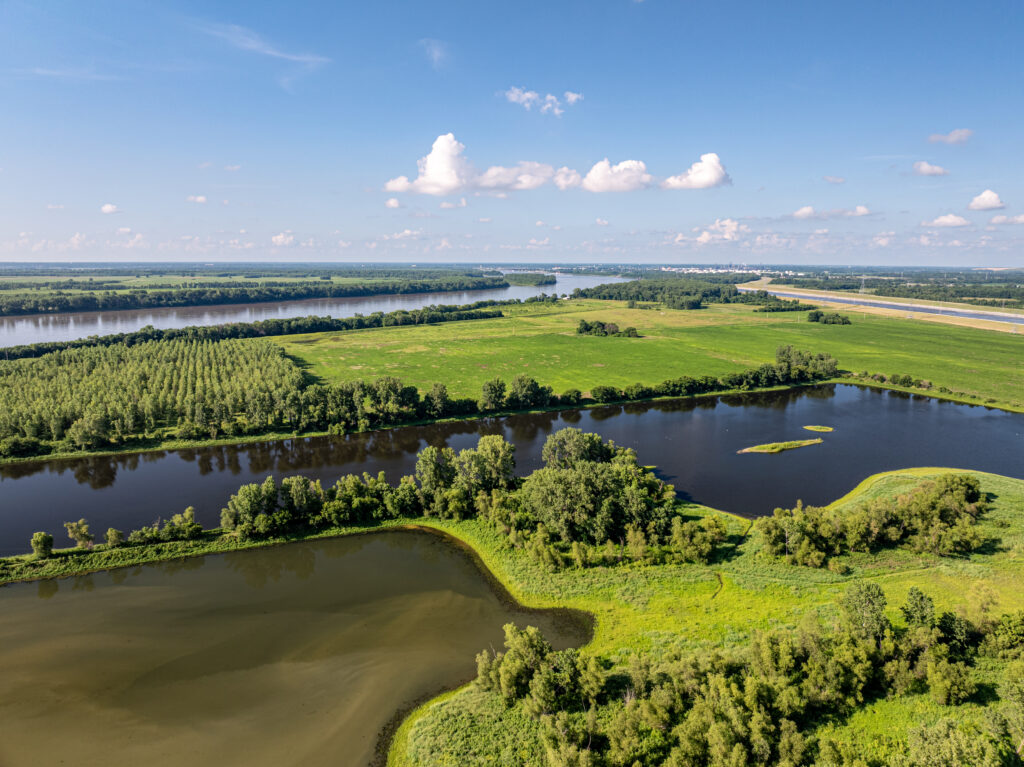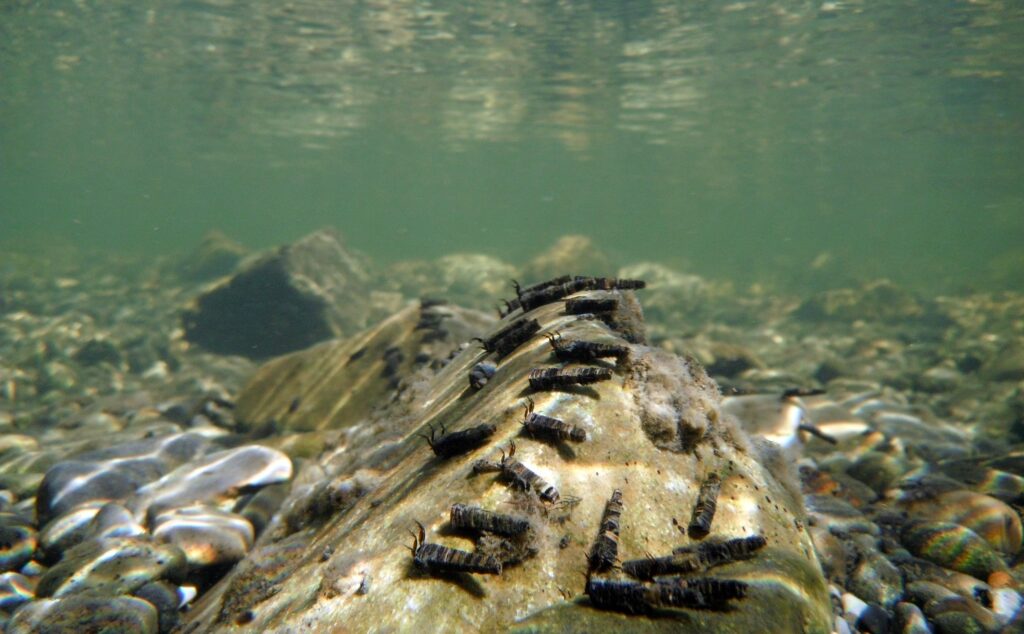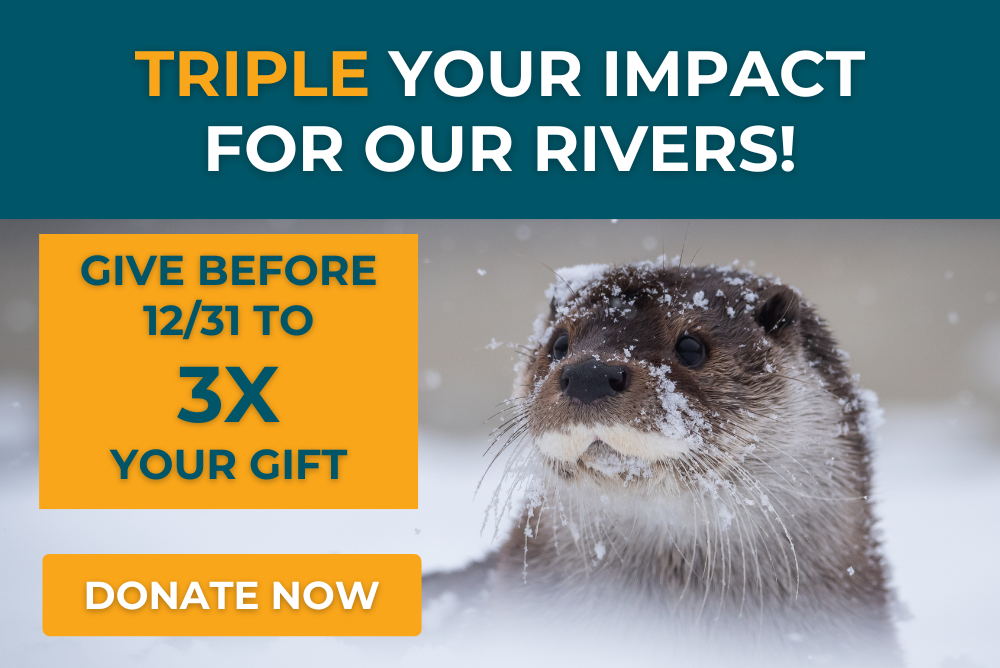
There are many paths one can take to wildlife conservation. I grew up hunting whitetail deer on my great-grandfather’s land in the headwaters of the Wild and Scenic Au Sable River in northern Michigan. For my family, this was a way to fill our freezer with healthy venison, deepen bonds with family and friends, and welcome in late Fall and early Winter. Hunting requires deep observation and intention, quietly observing one’s surroundings while using all of one’s senses for hours at a time, days on end. Hunters, bird watchers, anglers, foragers, wildlife photographers, and solo wilderness travelers observe details of the natural world in ways that most humans no longer do.
I have been lucky enough to experience coyotes yipping at each other playfully, foxes hunting for voles in deep snow, otters fishing with their pups, chickadees eating pine nuts while calling cheerfully, a bobcat chirping loudly, and wild turkeys grooming themselves 50 feet up in a stand of white pines (yes, they fly!). As a teenage hunter, I was entranced by black bear tracks and comforted by the hoots of great horned owls in the moonless darkness while I sat quietly against an eastern red cedar waiting for dawn.
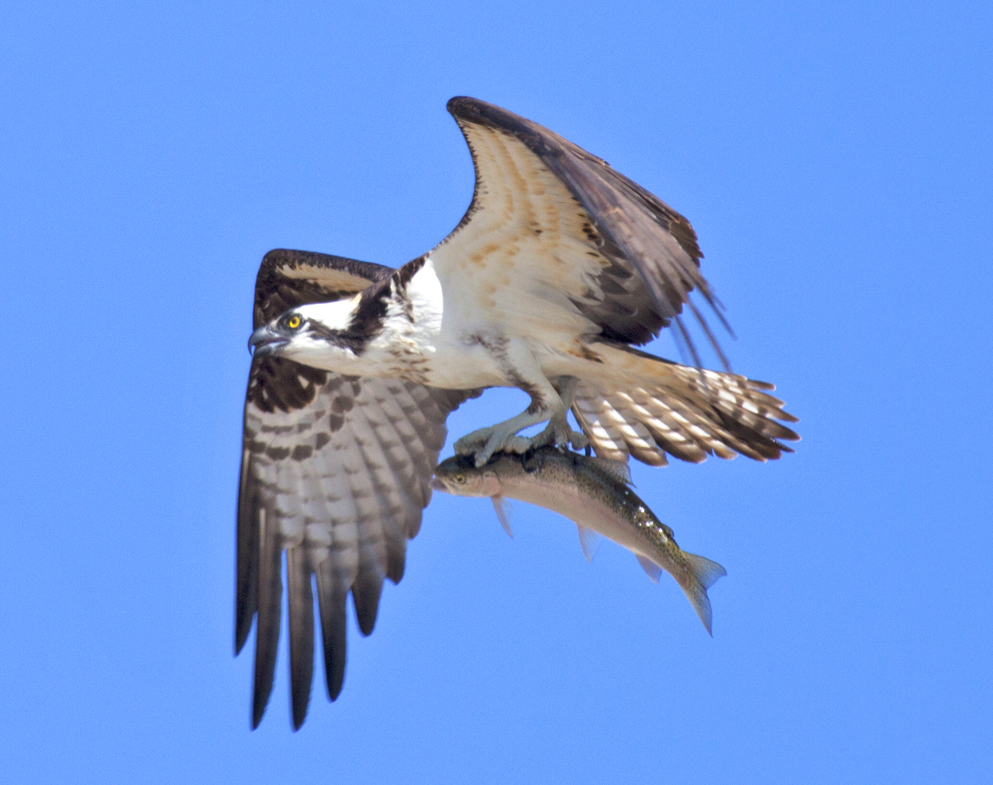
I don’t really hunt any longer, but I still treasure the chance to observe wildlife going about their daily lives – playing, napping, eating, drinking, hunting, scratching their backs, scolding their young – as I travel through their homelands. This is especially true in river corridors. Protecting wildlife is largely the work of protecting important habitat and connectivity corridors, and by far the most important places that we can protect and restore are our rivers and riverside lands.
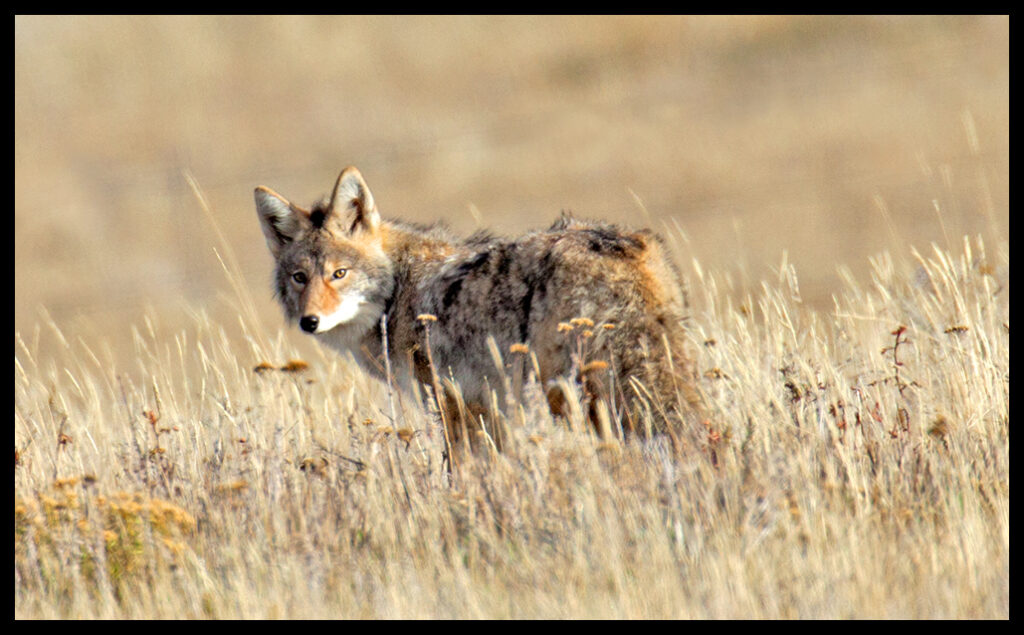
Riparian areas comprise a relatively small percentage of the land area in the U.S., but they are among the most productive and valuable of habitats. 80 percent of all species including migratory birds rely on riverside lands at some stage in their lives, according to the Natural Resources Conservation Service. And in the arid West where I live, intact rivers, wetlands, and the clean water flowing through them are literally ribbons of life.
At the same time, freshwater mammal, bird, fish, reptile and amphibian populations declined 83% between 1970 and 2014. Migratory freshwater fish have declined 76% during that same period. In fact, nearly 40% of all species may face extinction by the end of the century (Isbell et al.). Anthropogenic climate change is exacerbating this trend, increasing droughts, floods, wildfires, and other habitat changes as our world warms. Now, more than ever, wild(life) needs rivers to adapt and survive.
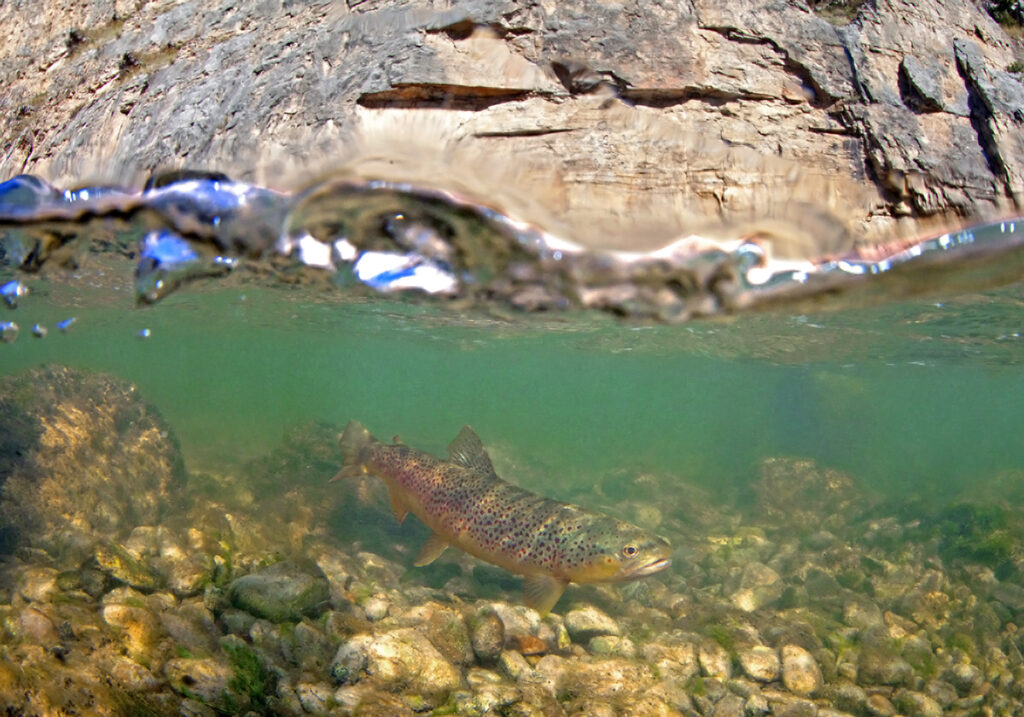
There is a global movement to halt this collapse by protecting half of the Earth by 2050. AR has committed to doing our part by helping to protect 30% of all rivers by 2030 – 1 million miles of rivers – and 50% by 2050. We can do this for the creatures we share this amazing planet with, and by doing so we also do this for ourselves.
We invite you to read through our new interactive Wild(life) Depends On Rivers page, including a concept paper that explores this concept in the Southwest. Be sure to visit our bibliography page and share what you learn with friends and colleagues. It used to be common to think of river conservation as only important for “river dependent” species. We know now that all species are river dependent species.
